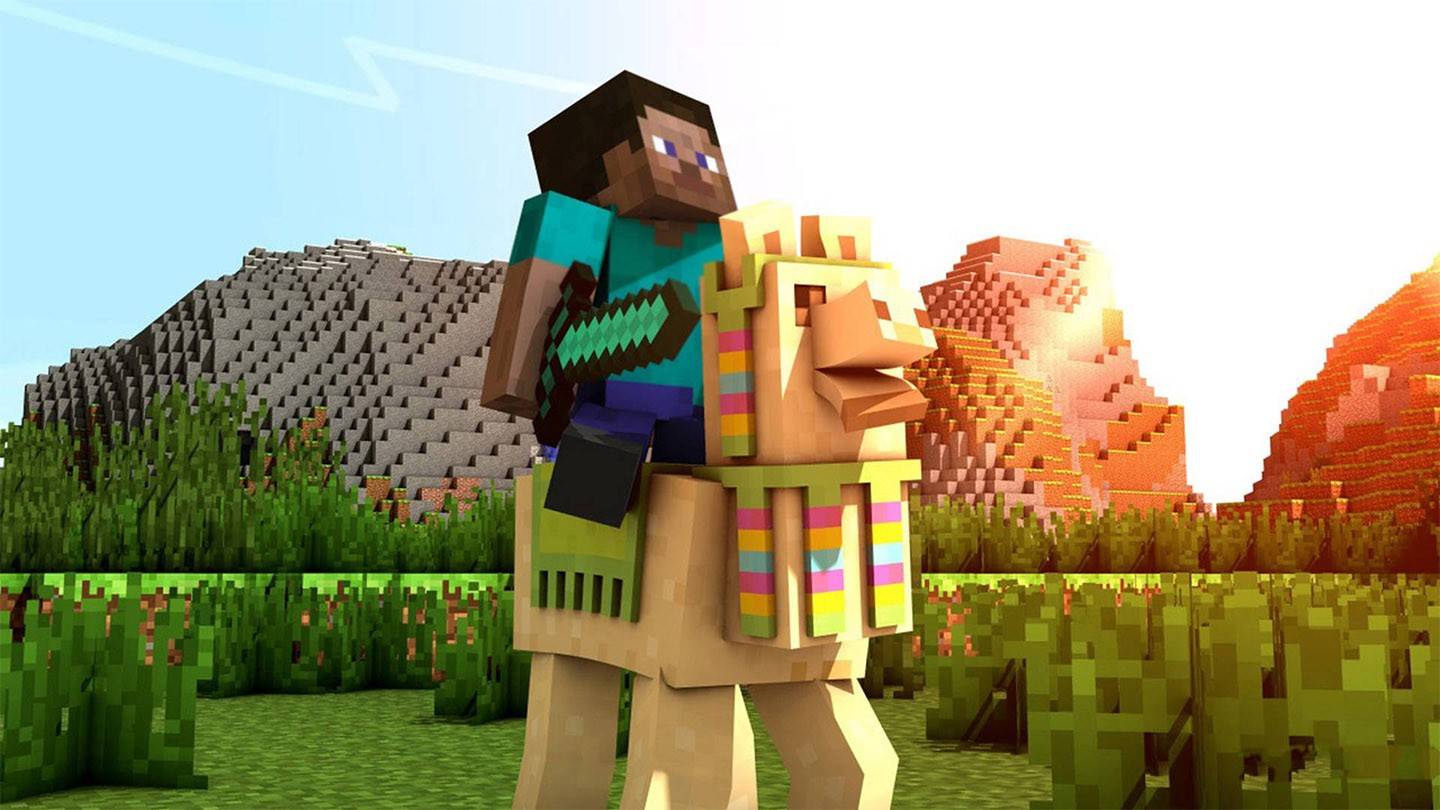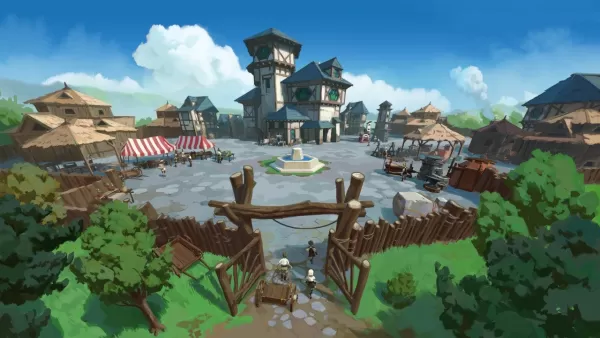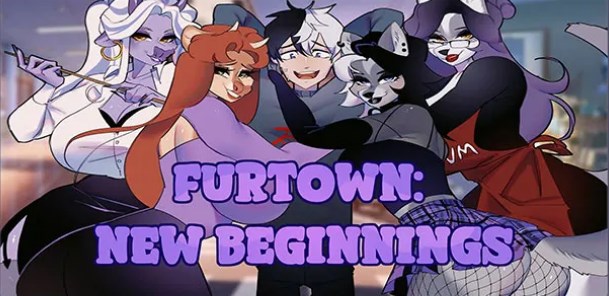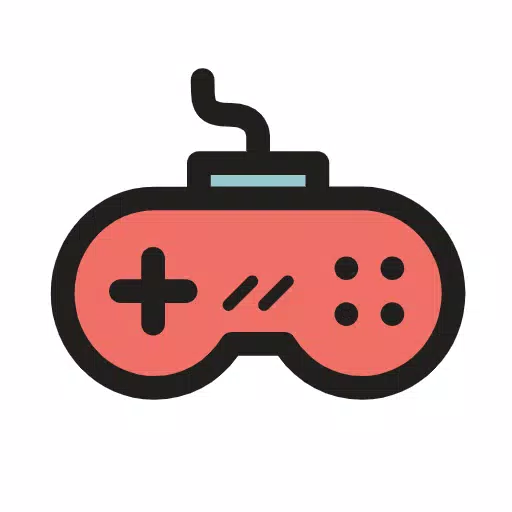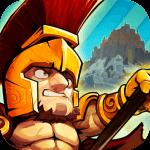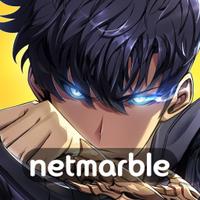Minecraft: From Humble Beginnings to Global Phenomenon
Minecraft's journey to becoming a globally recognized video game is a compelling story of innovation and community building. Launched in 2009, this sandbox game, the brainchild of Markus "Notch" Persson, has transcended its origins to become a cultural icon. This article details the evolution of Minecraft, from its initial concept to its current status as a multifaceted entertainment and educational ecosystem.
Table of Contents
- Initial Concept and First Release
- Cultivating a Dedicated Player Base
- Official Launch and Global Domination
- Minecraft Versions Across Platforms
Initial Concept and First Release
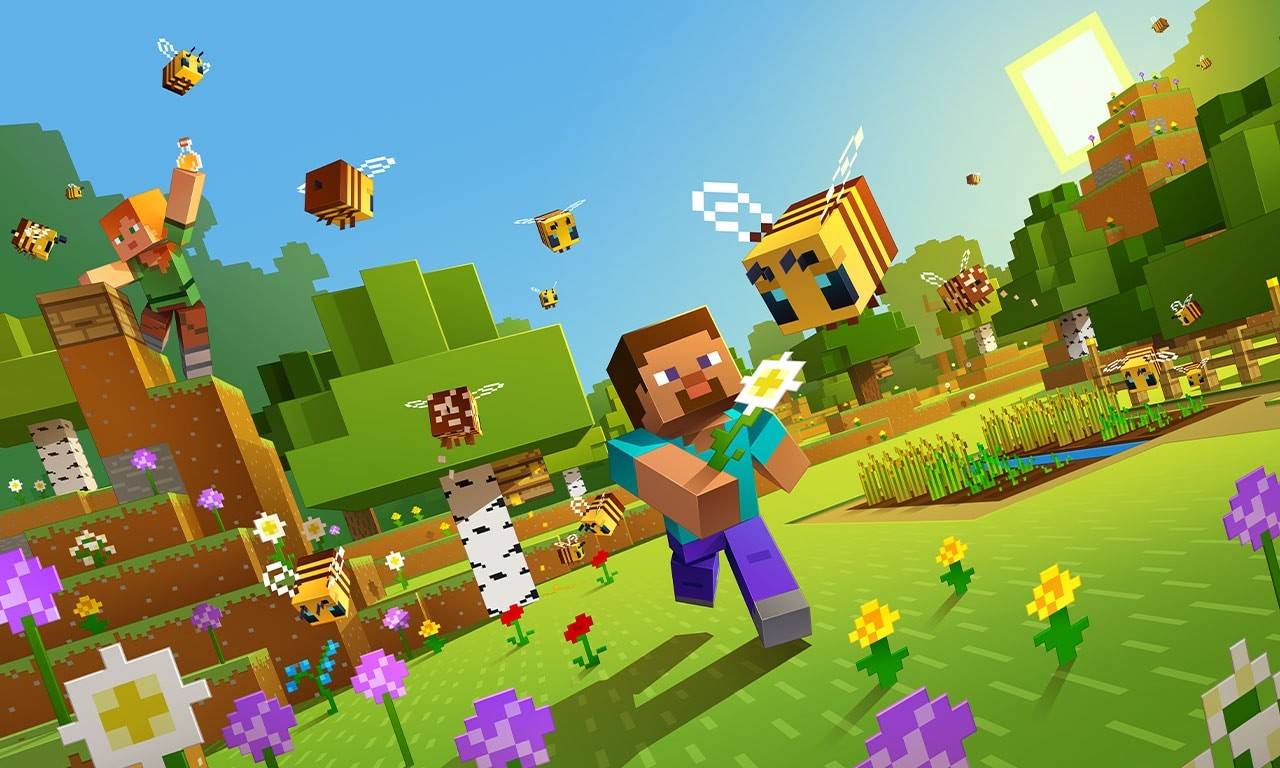 Image: apkpure.cfd
Image: apkpure.cfd
Inspired by games like Dwarf Fortress, Dungeon Keeper, and Infiniminer, Notch envisioned a game that prioritized player freedom in building and exploration. The alpha version, released on May 17, 2009, was a simple, pixelated sandbox experience. Its innovative building mechanics immediately captivated players, laying the foundation for its future success.
Cultivating a Dedicated Player Base
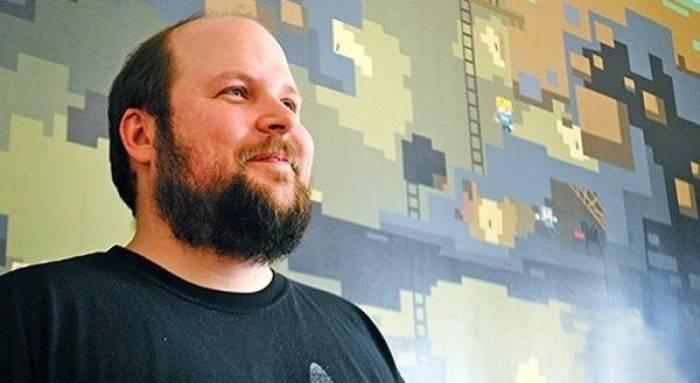 Image: miastogier.pl
Image: miastogier.pl
Word-of-mouth and online buzz fueled Minecraft's rapid growth. Transitioning to beta in 2010, Notch established Mojang Studios to fully dedicate himself to the project's development. The game's unique concept and limitless creative potential resonated deeply with players, who built everything from homes and landmarks to entire cities. The addition of Redstone, a material enabling complex mechanisms, further enhanced the game's depth and appeal.
Official Launch and Global Domination
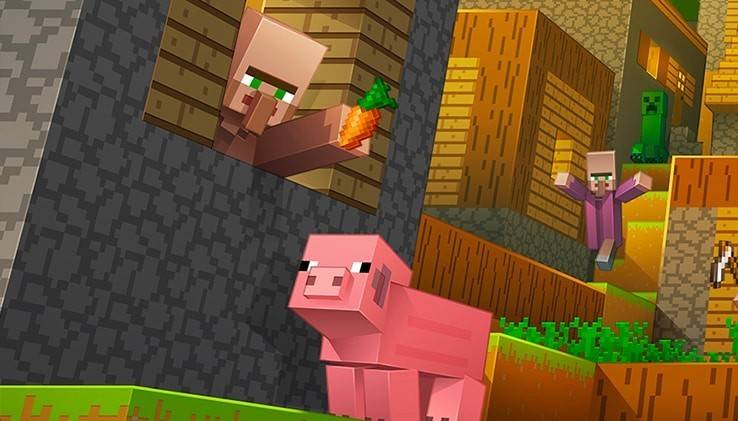 Image: minecraft.net
Image: minecraft.net
The official release of Minecraft 1.0 on November 18, 2011, marked a pivotal moment. With millions of players already engaged, Minecraft's community quickly became one of the largest and most active in the gaming world. Players created countless modifications, maps, and even educational projects, demonstrating the game's versatility. The expansion to consoles like Xbox 360 and PlayStation 3 in 2012 broadened its reach even further, captivating a new generation of players.
Minecraft Versions Across Platforms
 Image: aparat.com
Image: aparat.com
The following table summarizes key Minecraft versions released since the official launch:
| Name | Description |
| Minecraft Classic | The original free version. |
| Minecraft: Java Edition | Initially lacked cross-platform play; now includes Bedrock Edition features. |
| Minecraft: Bedrock Edition | Cross-platform compatible with other Bedrock versions; PC version includes Java features. |
| Minecraft mobile | Cross-platform compatible with other Bedrock versions. |
| Minecraft for Chromebook | Available on Chromebooks. |
| Minecraft for Nintendo Switch | Includes the Super Mario Mash-up pack. |
| Minecraft for PlayStation | Cross-platform compatible with other Bedrock versions. |
| Minecraft for Xbox One | Partially includes Bedrock Edition; no longer receiving updates. |
| Minecraft for Xbox 360 | Support discontinued after the Aquatic Update. |
| Minecraft for PS4 | Partially includes Bedrock Edition; no longer receiving updates. |
| Minecraft for PS3 | Support discontinued. |
| Minecraft for PlayStation Vita | Support discontinued. |
| Minecraft for Wii U | Offered off-screen play. |
| Minecraft: New Nintendo 3DS Edition | Support discontinued. |
| Minecraft for China | China-exclusive version. |
| Minecraft Education | Designed for educational purposes. |
| Minecraft: PI Edition | Educational version for Raspberry Pi. |
Minecraft's enduring legacy extends beyond the game itself. It has fostered a thriving ecosystem encompassing communities, YouTube channels, merchandise, and competitive events. Continuous updates introduce new content, ensuring its continued relevance and appeal.


